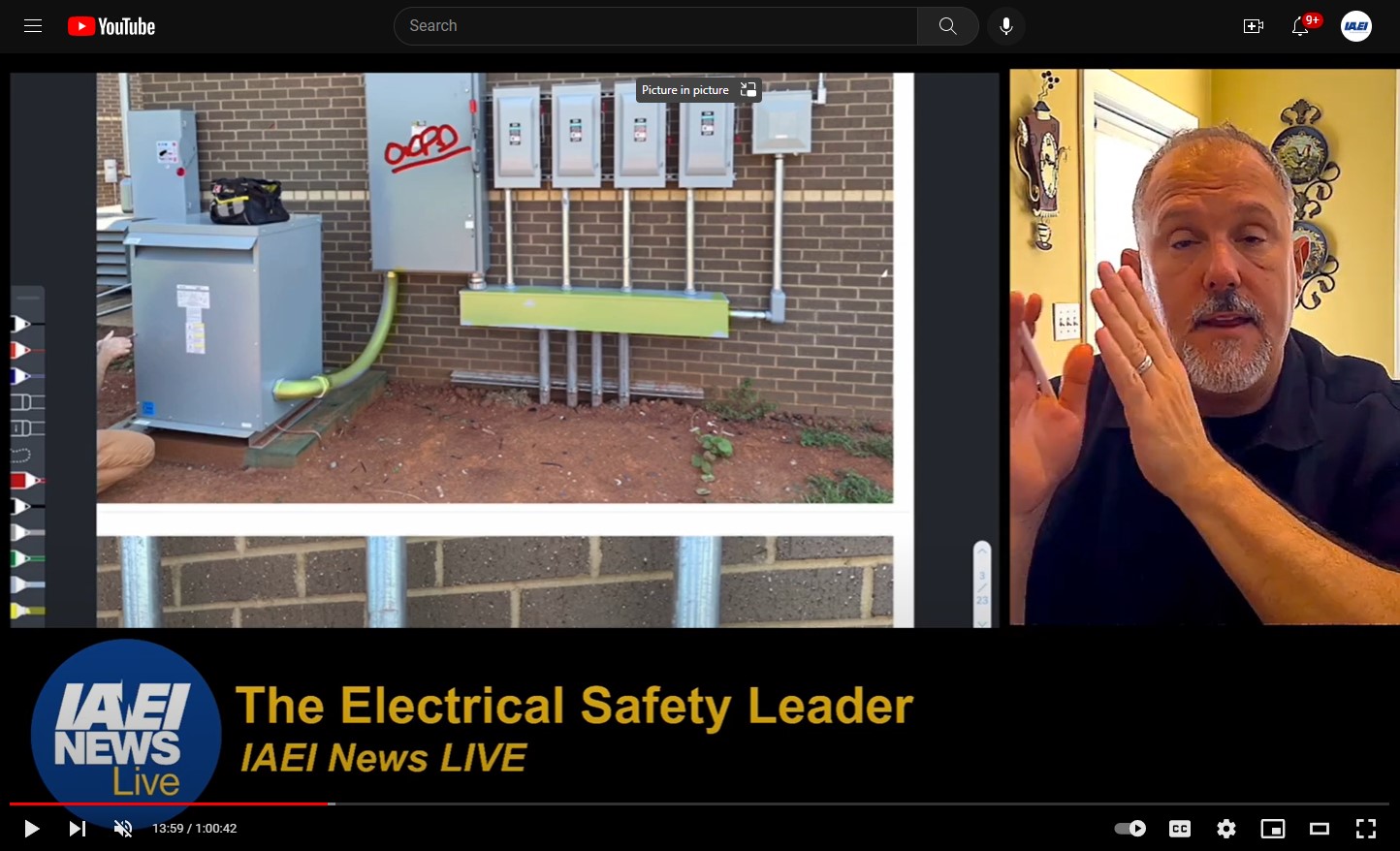The National Electrical Safety Code (NESC) only addresses conductor ampacity directly relative to grounding conductors. Rule 93C, page 19, requires grounding conductors to have a short-time ampacity adequate to handle the available fault current magnitude for the time it takes the source protection device to operate without melting or otherwise affecting the design characteristics of the conductor. One source for calculation of short-time ampacity is Aluminum Electrical Conductor Handbook published by The Aluminum Association, Inc., chapter six under short-circuit performance. Steady state conductor ampacity is indirectly addressed through the code’s clearance requirements in that some of the NESC’s clearance requirements apply with the conductor at its maximum operating temperature. To keep from exceeding the conductor’s maximum temperature the engineering personnel who design the conductor overcurrent protection and the operations personnel who monitor conductor currents must know the associated ampacity of the conductor.
Bare Conductors
One source for calculating the steady-state ampacity of bare aerial conductors is IEEE Standard 738-1993. The calculation method presented in the standard and the associated computer program (included with the standard) can be used to calculate the conductor temperature based upon the current or calculate the ampacity based upon the maximum temperature. In both computations, thirteen pieces of information including the weather conditions under which the temperature or ampacity is to be calculated and the conductor physical characteristics must be entered into the calculation/program.
Insulated Conductors (Cables)
One source for the calculation of the steady-state ampacity of insulated conductors is IEEE Standard 835-1994, “IEEE Standard Power Cable Ampacity Tables.” This 3086- page hardbound book is not just about tables. The standard goes into great detail explaining where the numbers came from. First there is a listing of the types of cables for which ampacities have been calculated. They range from simple cross-linked polyethylene insulated 600-volt cables up to complex 500 kV high-pressure, paper-insulated, liquid-filled, pipe-type cables. The Technical Introduction gets into cable construction, installation conditions, calculation methods, calculation examples and details of the assumptions made in calculating the ampacities that appear in the tables.
Computer Programs
There are various computer programs available for calculating cable ampacities. Don’t be surprised to pay as much as $5000 for a good program. Make sure the software is compatible with your computer and operating system. Get a hands-on demonstration of the program’s use before you put out the money. Some programs are harder than others to use. Where bare conductor ampacity calculations require thirteen pieces of information to make the calculation, cable ampacity calculation require twice as much for simple calculations like 600-volt cables direct buried in earth. Complex calculations involving multiple high-voltage cables may require the input of a dozen pieces of information for each cable and take hours even with a computer program.
Different Results
Don’t be surprised if the ampacity you come up with is very different from the ampacity quoted by a manufacturer or the ampacity calculated by another program. Thermodynamics is not rocket science. We can calculate space science parameters so accurately that we can land a craft on a planet millions of miles away. But when it comes to cable ampacity, we are only making a guesstimate. First, there are two generally accepted methods for calculating steady-state cable ampacity: the Neher and McGrath method originally published in 1957 and the method detailed in IEC Standard 287 last revised in 1995. Given identical input data, the two methods will often come up with two very different answers. One source of information on the similarities and differences between the two methods is Rating of Electric Power Cable by George J. Anders, an IEEE Press and McGraw-Hill publication. Second, the input data that must be entered into the calculations varies from one cable manufacturer to another, with installation location and with time. For example: Earth thermal resistivity varies with the moisture content of the soil. Ambient earth temperature varies with the season of the year. Another alternative is to let the cable manufacturer that you buy your cable from do the calculations for you.














Find Us on Socials